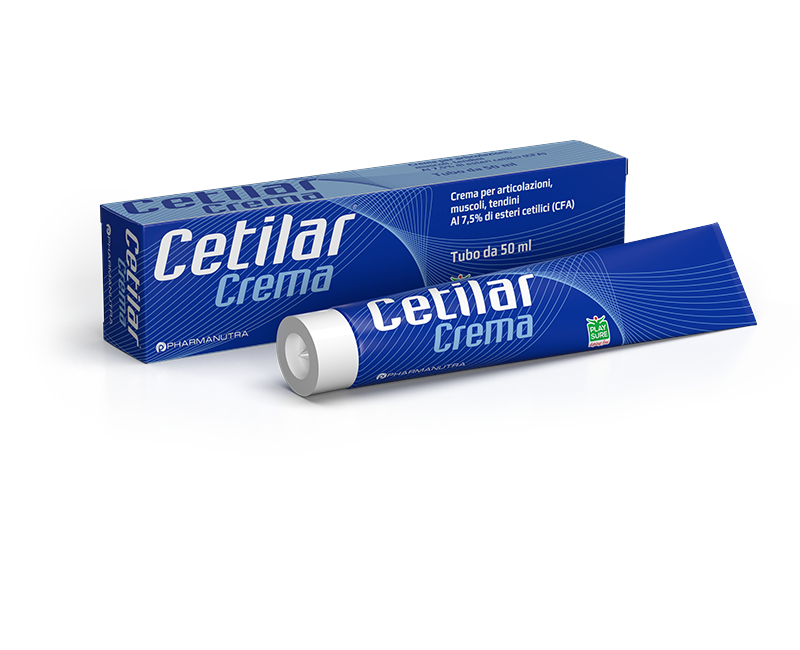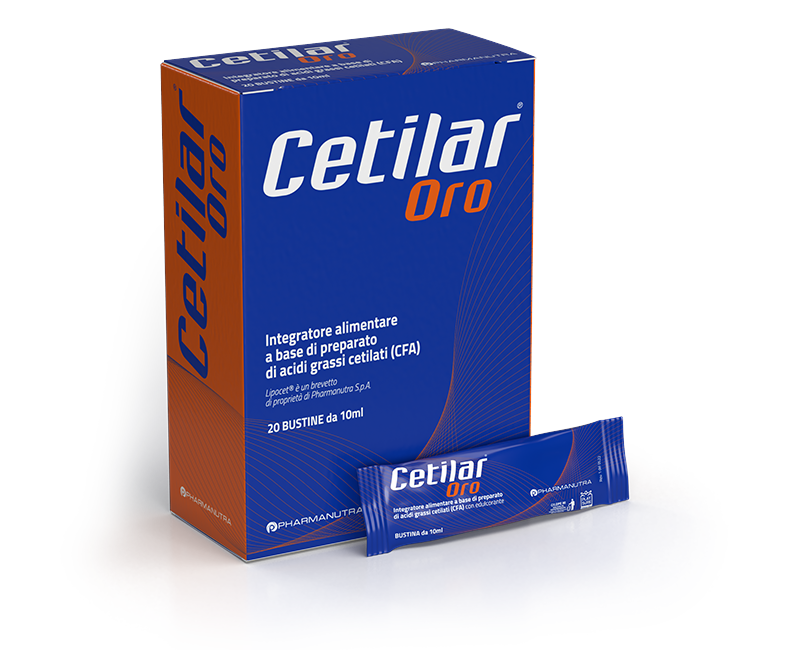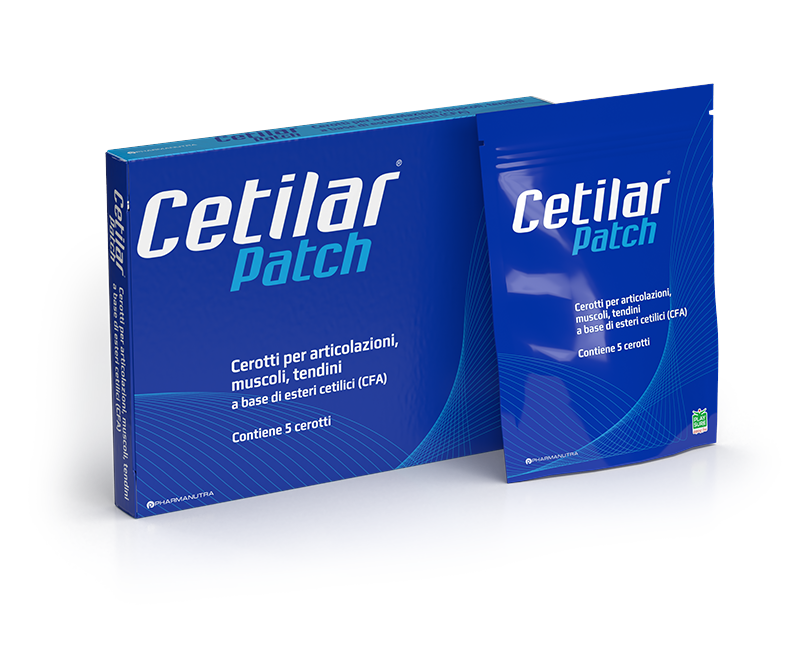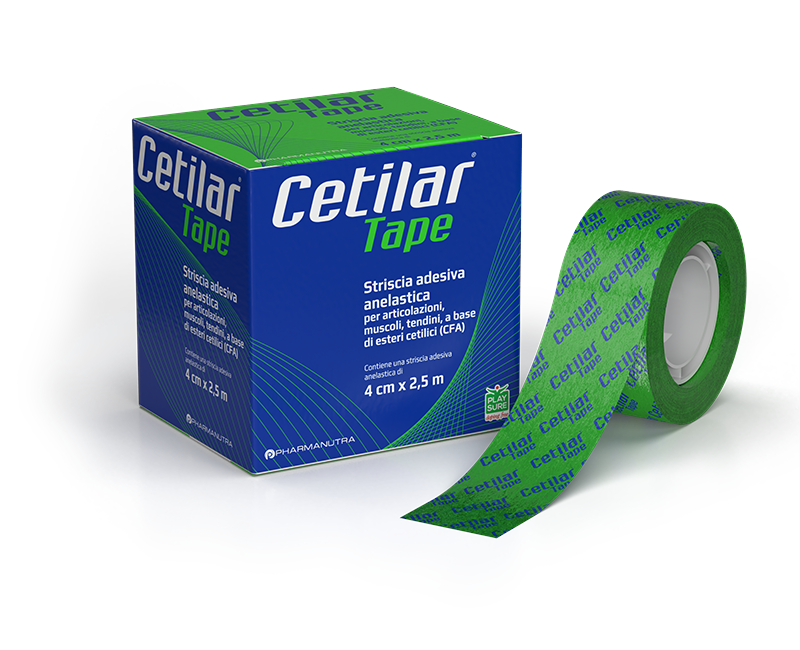Can trigger finger heal on its own? The physiotherapist’s response
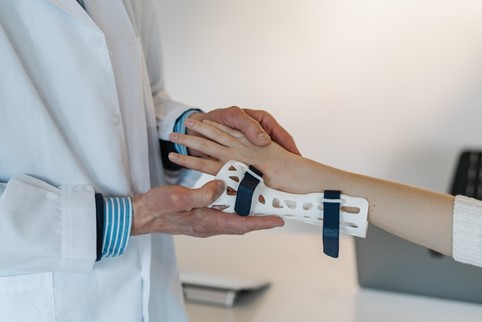
Trigger finger is the common name for Stenosing Tenosynovitis, a medical condition related to an inflammatory process that locks the fingers of the hand in flexion causing a snapping sensation often accompanied by pain in the wrist and hand. Can trigger finger heal on its own? What are the exercises, treatments, and the expected post-op recovery time? This article will discuss these topics.
- What is trigger finger, also known as Stenosing Tenosynovitis?
- When and why does trigger finger occur?
- What are the symptoms of trigger finger?
- Can trigger finger heal on its own?
- Trigger finger – Treatment
- The Physiotherapist’s advice
What is trigger finger, also known as Stenosing Tenosynovitis?
Each digit of the hand has the ability to move freely throughout a full range of motion (ROM) into flexion and extension.
The efficiency, fluidity, and forcefulness of such movements are made possible by several “pulleys” on the digit of the hand. These pulley systems are comprised of a series of retinacular-type structures that are either annular or cruciform in nature. There are five annular pulleys (A1-A5) and four cruciform pulleys (C1-C4).
Trigger finger is thought to be caused by inflammation and subsequent narrowing of the A1 pulley in the affected digit, typically the third or fourth. The A1 pulley is the most commonly affected, but there have been cases reported involving the A2 and A3 pulleys. It can also occur in the thumb and is then called trigger thumb. A difference in size between the synovial sheath of the flexor tendon and the flexor tendons may lead to abnormalities of the gliding mechanism by causing actual abrasion between the two surfaces, resulting in the development of progressive inflammation between the tendons and the sheath.
Commonly, trigger finger is referred to as “stenosing tenosynovitis”.
When and why does trigger finger occur?
Statistically, trigger finger is more likely to develop in the fifth or sixth decade of life and women are up to six times more likely to develop trigger finger than men. The average age is 58 years. The chance of developing trigger finger is 2-3%, but in the diabetic population, it rises to 10%.
There have been many potential causes of trigger finger discussed throughout the literature. However, there is little to no evidence on the precise aetiology.
– Authors suggest that trigger finger can manifest from any activity requiring prolonged forceful finger flexion. This can occur, for example, when carrying shopping bags or a briefcase, prolonged writing, rock climbing, or the strenuous grasping of small tools or objects with sharp edges.
– It is important to consider that the cause of trigger finger is often multi-factorial in nature.
– The condition could develop idiopathically (with no precise cause) or secondary to other pathologies.
What are the symptoms of trigger finger?
Trigger finger has a range of clinical presentations. Initially, patients may present with painless clicking during movement of the digit. This can progress to noisy, painful noises in the joints or complete finger locking, typically at the metacarpophalangeal (MCP) joints or proximal interphalangeal (PIP) joints.
Possible additional symptoms are:
– Stiffness and swelling (especially in the morning)
– Intermittent finger locking during active flexion that requires a passive force to extend the finger.
– Finger locking or clicking in a bent position then popping straight.
– Loss of full flexion/extension.
– Palpable painful nodule proximal to A1, and/or finger locked into a flexed position.
– Slight thickening at the base of the digit and pain that may radiate to the palm or to the distal aspect (furthest away) of the digit.
Can trigger finger heal on its own?
Trigger finger rarely regresses on its own until the symptoms disappear completely. In the case of mild forms, however, symptoms may disappear within a few months even without seeking treatment.
Trigger finger – Treatment
Below several treatment options for trigger finger are listed below:
Conservative Treatment
Corticosteroid injection
Corticosteroid use has been shown to be effective in reducing pain and frequency of triggering. The shot is injected into the affected tendon and reduces the inflammation and pressure on the tendon for better gliding through the flexor pulleys. This seems to be an effective and safe alternative to surgical therapy. Patient satisfaction, safety, and functional improvement are characteristics of steroidal injections in comparison to surgical treatment.
Physical Therapy
Physiotherapy, especially when performed by a therapist specialising in hand disorders, can be of great help.
As with all disorders of the upper extremity, proximal segments must also be screened (wrist, elbow, shoulder, and cervical spine). Furthermore, a postural assessment is recommended as problems of this nature often affect the limbs.
Since trigger finger is observed as an injury caused by overuse, patient education is especially important. The following are suggested:
- Rest
- Modifications of work activities
- Wearing a custom-made splint (brace) to keep the tendon extended and relaxed. Splinting is applied in the acute phase to reduce inflammation.
- Postural correction
Associated with this, energy therapy may be helpful, specifically TECAR, LASER and Extracorporeal Shockwave Therapy.
Furthermore, there is often considerable improvement with modern forms of manual therapy, such as the Stecco method of Fascial Manipulation. Physiotherapists trained in this method search for the underlying causes of trigger finger (often densification of the fascia in the shoulder or neck, or visceral/internal complaints). Once identified, a specific manual treatment releases built up tension and restores the correct flow of the Fascia (the connective tissue that covers muscles, joints, internal organs and connects the entire body).
Once the acute phase of pain is resolved, appropriate strengthening and stretching exercises are suggested. The purpose of exercising is to restore proper tendon gliding (e.g. closing/opening exercises for the fingers or hand), strengthen the intrinsic muscles of the hand (spreading fingers apart and returning to relaxed position) and stretch the muscles of the forearm.
Surgical Treatment
Open surgical technique
When conservative treatment fails, surgery is indicated. Open surgery combined with effective rehabilitation allows a rapid and significant improvement in hand function with a low complication risk. This technique, considered to be the gold standard, is performed by making a longitudinal incision in the palmar crease over the metacarpophalangeal joint of the relevant digit, followed by release of the flexor digitorum superficialis and profundus tendons. This procedure lasts 2-7 minutes and has an average time of discomfort (45 days) post-op. An advantage to this technique is that it allows the pulley to be visualised and therefore there is less risk of damage to the digital nerves compared to endoscopic techniques.
Endoscopic surgical technique
This technique is performed by making two incisions: one at the palmar crease over the metacarpophalangeal and the other at the volar crease of the finger. An endoscope is then introduced to cut the pulley releasing the flexor tendons. This procedure lasts two to nine minutes and has a shorter average recovery time (23 days) post-op. Other advantages are the absence of scars and scar related problems and shorter post-op rehabilitation. However, there is a large learning curve, and the instruments are costly.
Percutaneous release
This technique can be performed with or without imaging. Non-image-guided (blind) percutaneous release is performed by using anatomical landmarks to avoid injury to the tendons and neurovascular structures. The recovery time is shorter than open surgery, but the risk of damage to the digital nerves is higher, especially to digits 1, 2, and 5. A new technique using ultrasound-guidance helps clearly identify the tendons and neurovascular structures, preventing potential complications that are present with this non-ultrasound guided intervention.
Physiotherapist’s advice
Now that you know all about the symptoms, causes of trigger finger and the treatments, you will have certainly understood that there are several professionals who can be involved if you experience this problem, depending on the treatment required.
In general, when faced with trigger finger, it is therefore advisable to consult an orthopaedic surgeon who specialises in hand surgery. The surgeon will then recommend which option is best, conservative treatment or surgery.
Furthermore:
- For conservative treatment, consult a physiotherapist who specialises in hand disorders.
- Initially, rest the finger for 4-6 weeks, also using a specific brace.
- Manual and instrument-based therapy can help to reduce recovery times.
- Exercising and stretching specific muscles complement the passive treatments performed by the physiotherapist.
